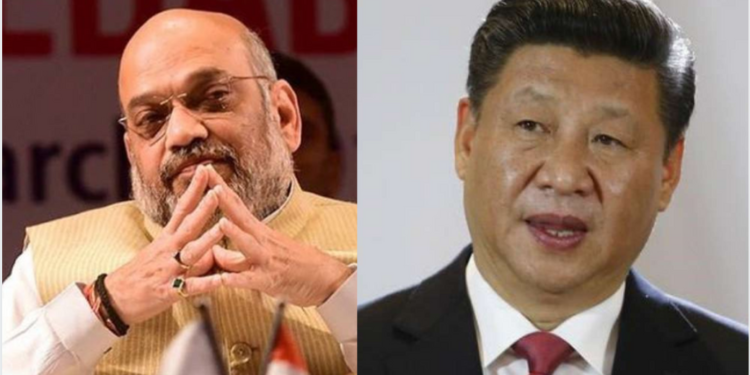Developing Northeast India, as romantic that it sounds, is a herculean task for any government, and most have failed while at it. The region, riddled with an exquisite variety of pressure groups, student unions and anti-India forces has for long suffered at the hands of myopic sub-nationalism, hindering the growth of the seven sisters perhaps like no other region in India. It seems as though for every developmental project which the government rolls out for the region, there is an army which rises up in arms to stall the same. Now, however, unlike previous governments, the Modi government seems to have identified the source of such stalling-tactics employed by pressure, and self-claimed civil-society groups. The source is China.
The Economic Times has reported that certain civil society groups have come under the scrutiny of the Union government for their alleged role in delaying development projects in the Northeast at the behest of Chinese enterprises. As such, the government is reportedly keeping a close watch on all the recent developments in the region, and at whose behest such developments are taking place.
Earlier, Nagaland governor RN Ravi, speaking in the same context, had said, “China had been influencing popular opinion on progressive policy of the (Indian) government in the region. The Red Dragon, playing smartly, has been operating through pressure groups here and delaying the developmental projects.”
China has a history of fidgeting in India’s Northeast, not to mention stoking violence in the region by funding and providing arms and ammunition to insurgent groups back here. An unstable Northeast, one which is not sophistically linked to the mainland serves China’s long-term interests of insane expansionism around its neighbourhood. It must also be remembered, the infamous ‘chicken neck’ is the only land route connecting mainland India to the Northeast, and it is roughly 20 kilometres wide. China’s known policy in times of conflict with India is that of taking control over the chicken’s neck, effectively cutting off the Northeast from the mainland.
However, it has now been revealed that such pressure groups might actually be on the payrolls of China, to stall all development works in the region.
One need not go far back in history to understand the same. Railroad connectivity is opposed in Meghalaya, particularly the plan to connect the state’s capital, Shillong with the rail grid of India. Similarly, the capitals of Mizoram, Nagaland and Manipur are yet to be brought on the country’s rail map. While the government is more than ready to do so, it is facing, among many other challenges, stiff opposition from pressure groups who have historically never shied from resorting to violence in order to gain attention.
Hydropower projects in the region, particularly in Arunachal Pradesh continue to face opposition, even as the region’s tremendous potential to generate hydroelectricity remains untapped. The furious opposition to Etalin Hydropower Project in Dibang valley of Arunachal Pradesh serves as a glaring example of how a concerted effort is being mounted to keep Northeast India underdeveloped.
Clearance to authorized coal mining in Saleki area of Assam’s Dehing Patkai became a major flashpoint between the government and motivated groups of the region, even as many have repeatedly alleged that unauthorized and illegal mining continues unabated. Was the stiff opposition a means of protecting the interests of certain vested interest groups indulging in illegal mining in the area? Only time will tell, now that the Modi government is looking into the links between such groups of the Northeast and their Chinese paymasters.
Like a child usually gets bored with one toy over a period of time, the pressure groups of Northeast too, seem to have found a new rival. This time, it’s the Environmental Impact Assessment draft notification, 2020 (EIA 2010). Millennials who have not read the draft are outraging, at the behest of certain groups of the region, who as it now turns out, are on the payrolls of China. The draft EIA notification, 2020, states that it aims to make the process of prior environment clearance “more transparent and expedient through the implementation of an online system, further delegations, rationalisation, standardisation of the process, etc”.
































